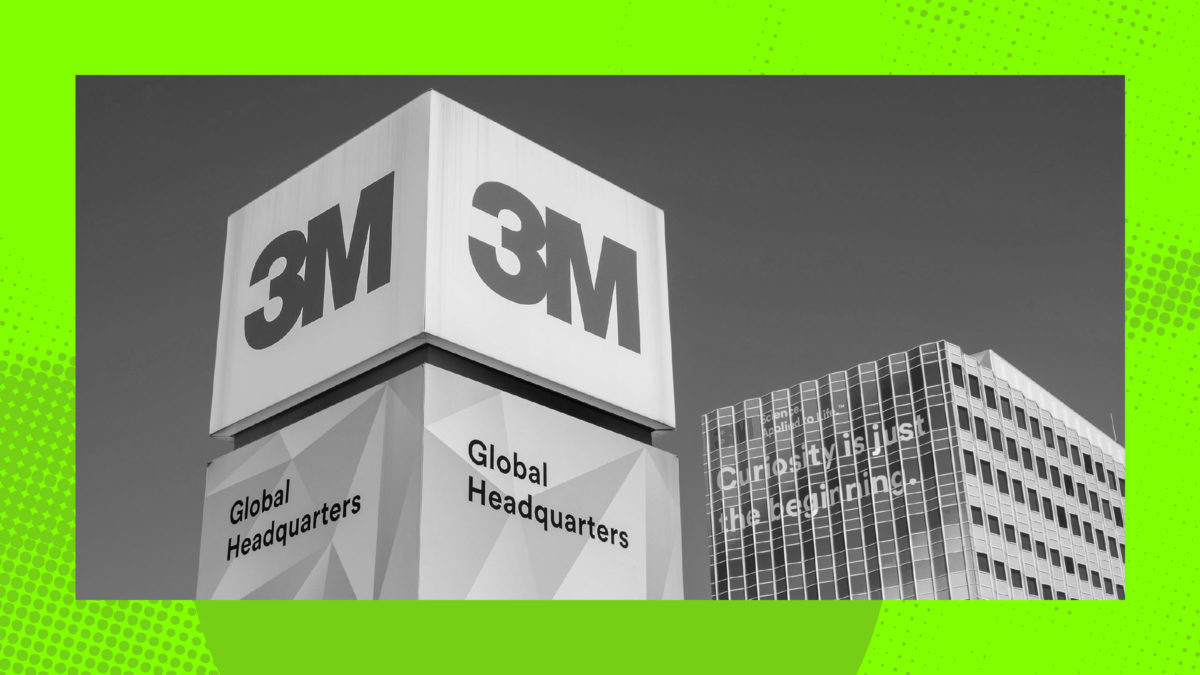Whether from Fight Club or Mother Jones, at some point you’ve likely learned how major companies handle safety hazards they and their products create: with a brute cost-benefit analysis weighing the cost to the company of fixing a defect against the cost of just letting people get hurt. In 1972, Ford argued to the National Highway Traffic Safety Administration that it shouldn’t fix a fuel leakage problem because, in Ford’s judgment, the cost, $11 per-vehicle, greatly exceeded the benefit of preventing “180 burn deaths, 180 serious burn injuries, [and] 2100 burned vehicles.”
It’s easy to see where lawsuits fit into this picture: the more potential liability a company faces, the greater their incentive to make safe products. So what happens to consumer safety when companies that lose lawsuits can declare a fake bankruptcy and walk away with a perfect credit rating? Thanks to the “Texas two-step,” a legal defense strategy pioneered by the likes of Johnson & Johnson, Georgia-Pacific, and 3M, you and me and anyone else who buys consumer products is about to find out the hard way.
In cases that went to trial, J&J won more trials (18) than it lost (17). (So much for “sympathetic juries” and “jackpot justice,” huh?) But when it lost, it lost big, with compensatory damage awards ranging from $5 million to $70 million and punitive damages ranging from $50 million to $347 million.
What to do? J&J could present its defense to a jury in each case, like normal people have to do when they’re sued, or it could accept some responsibility and settle the cases outside the courtroom. But that’s not the ethos of modern corporations, where the focus isn’t on resolving litigation but on delaying it in the hopes that attrition will take its toll on the plaintiffs and their lawyers. J&J spent a whopping $2 million to $5 million on the defense of each talcum powder trial, yet has still never made a global offer to settle claims for any amount, not even $1. And J&J can’t just declare bankruptcy because J&J is, to use a technical term, rolling in dough—a $450 billion corporation with $22.8 billion in annual earnings and $14.5 billion in cash.
So in October 2021, J&J arrived at a clever solution: It offloaded its liability in the talcum litigation to a new entity called “LTL Management,” which declared bankruptcy a mere three days later.

(Photo by Cristina Arias/Cover/Getty Images)
If this sounds fraudulent as hell, your instincts are good. In most states, a company trying to dump its debts and liabilities on a new company would be a paradigmatic example of a fraudulent transfer. Not in Texas, though, which in 1989 passed a law that makes divisions of a company legally equivalent to mergers and thus exempt from fraudulent transfer law. Hence, what lawyers and courts have taken to calling the “Texas two-step”: Once the faux “merger” under Texas law is complete (step one), the new company declares bankruptcy (step two) and—voila!—J&J is free and clear of the lawsuits, with no impact on its credit rating, no financial oversight from a bankruptcy court or U.S. trustee, and no need to restructure its operations.
Before the Texas two-step was ever used in court, its basic structure was a punchline on The Office: As Creed Bratton once explained, whenever he gets in trouble, he transfers his debt to a fictitious identity and the fictitious identity declares bankruptcy. See, the joke is that his method is obviously fraudulent—and yet, if you’re a Fortune 500 company, it works just fine.
Clip via YouTube / Legal advice via Creed Bratton
For the women with cancer (or their survivors), the immediate effect of the Texas two-step is yet more delay. The long-term effect is to yank their cases out of the mass torts systems created by Congress and state legislatures—systems which revolve around the concept of bellwether jury trials giving the parties enough information to thoughtfully pursue a global settlement—and dump them into the bankruptcy process, where the goal is preserve the debtor’s assets. In J&J’s case, the “assets” of “LTL Management” are merely what J&J chose to give it: $373.1 million.
J&J claims that it might, at some point in the future, fund the bankruptcy trust for up to $61 billion. When the plaintiffs pointed out that J&J hadn’t actually done so, the bankruptcy court responded with astonishing naïveté about the profit motives of a major corporation: “It is nonsensical to accept the notion that J&J and Old JJCI would bear the brunt of public and judicial scrutiny, as well as the time and costs to implement this integrated transaction, simply to stall claimants or walk away from its financial commitments under the Funding Agreement.”
Then, when the plaintiffs pointed that a company with access to $61 billion in cash is not actually insolvent, the court held that J&J could have it both ways: The $61 billion existed for purposes of proving J&J’s good faith, but did not exist for purposes of determining if LTL was insolvent and thus allowed to declare bankruptcy. That decision is currently on appeal, where J&J is paying Neal Katyal $2,465 an hour to ensure over 35,000 women with ovarian cancer and mesothelioma never get their day in court.
J&J isn’t the first cancer-causing major corporation to pull this stunt, and it won’t be the last. Georgia-Pacific pioneered the move in 2017, Saint-Gobain used it in 2019, and Trane Technologies did it in 2020, all to avoid asbestos liability by getting the benefits of bankruptcy without any of the burdens. In July of 2022, 3M followed suit, effectively stopping 230,000 lawsuits from veterans who suffered irreparable hearing damage, dumping its liability into the defunct subsidiary “Aearo Technologies” and then sending it into bankruptcy.

(Photo by: Michael Siluk/Education Images/Universal Images Group via Getty Images)
Late last month, however, the 3M case provided a glimmer of hope. 3M opened the bankruptcy with a memorandum filled with invective towards the federal court overseeing the lawsuits, repeatedly using the word “tainted” to describe its rulings. To 3M’s horror, the bankruptcy judge pointedly refused to opine on the matter, and even worse for 3M, it took 3M’s representations about its funding agreement “at face value.” As the bankruptcy court explained, if, as 3M claimed, it had ample funds to fund LTL’s liabilities, “it would seem, then, that whatever liability the Pending Actions generate…Aearo can satisfy such liability by making a payment request under the Funding Agreement.” Thus, 3M was not entitled to an injunction blocking ongoing litigation, because, given 3M’s own arguments, that litigation wouldn’t affect Aearo’s bankruptcy.
Nonetheless, the threat to the plaintiffs’ case remains, as the judge overseeing the 3M litigation, M. Casey Rodgers—a George W. Bush appointee unanimously confirmed by the Senate—made clear. “If [the Texas two-step is] successful, hundreds of thousands of individual plaintiffs will be deprived of their constitutional right to a jury trial,” she wrote. “3M—a fully solvent and highly profitable Fortune 500 Company that will never actually file a bankruptcy petition itself—will reap all of the benefits of the bankruptcy system without the attendant burdens.”
The civil justice system has been crumbling for 20 years, spurred on by a Supreme Court hostile to every form of consumer litigation, from class actions against telemarketers to individual cases against pharmaceutical companies. The Texas two-step takes this trend to its next logical step: forcing plaintiffs to spend years proving their cases in courts, only to watch defendants shout “bankruptcy,” thus forcing plaintiffs to start over, this time on the defendants’ terms and without a jury.
For-profit corporations exist to make a profit. For as long as courts allow the Texas two-step to continue, the companies that caused the most harm will use it as a mulligan whenever they get tired of courts and juries holding them accountable.
Editor’s note: The author represents plaintiffs in mass torts, but not in any of the cases discussed in this article.


